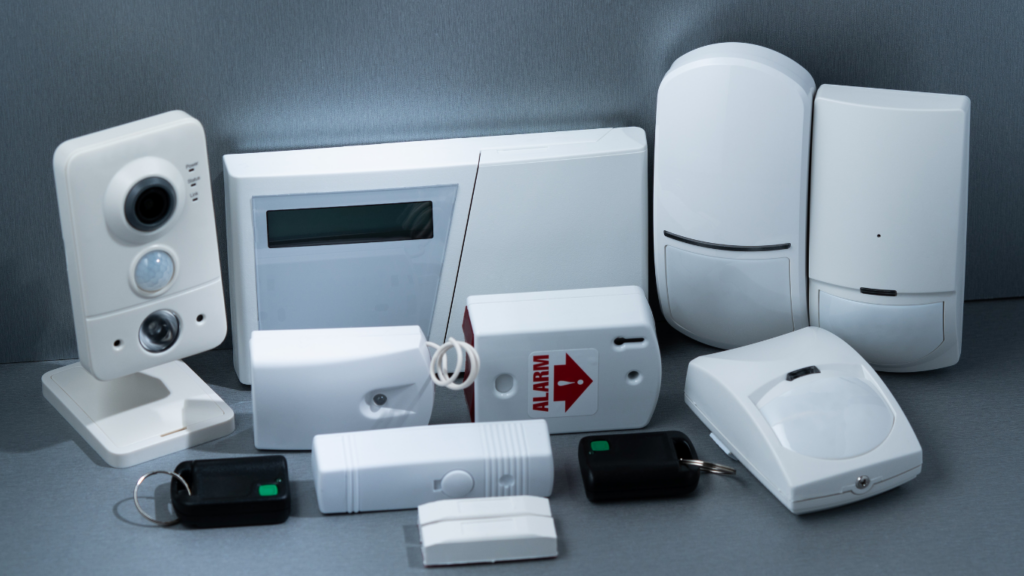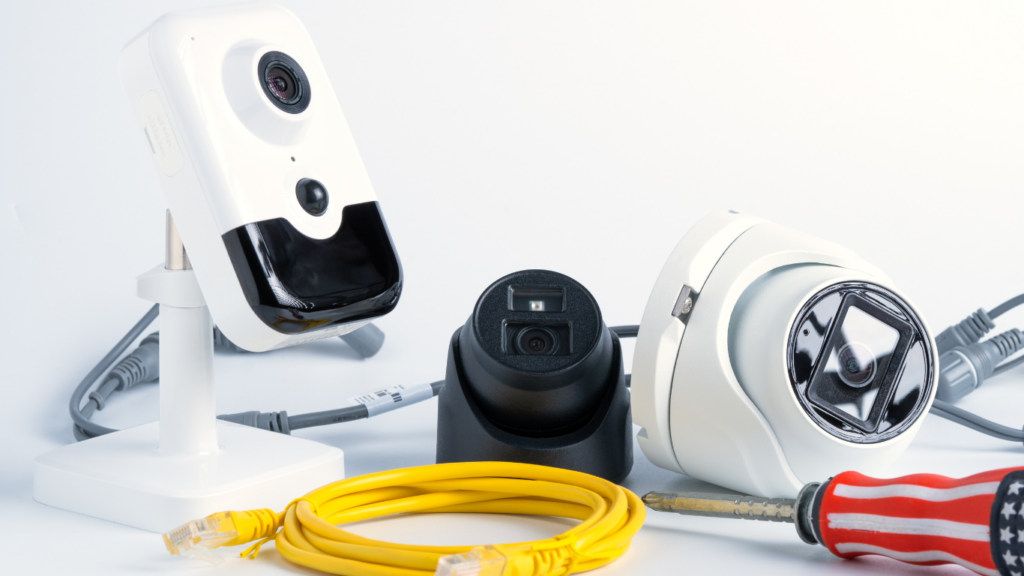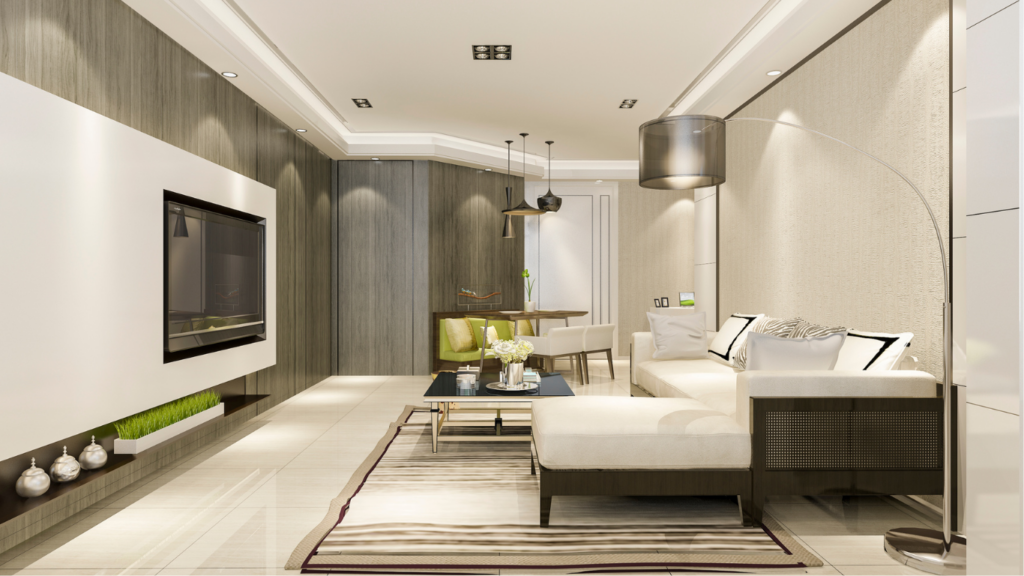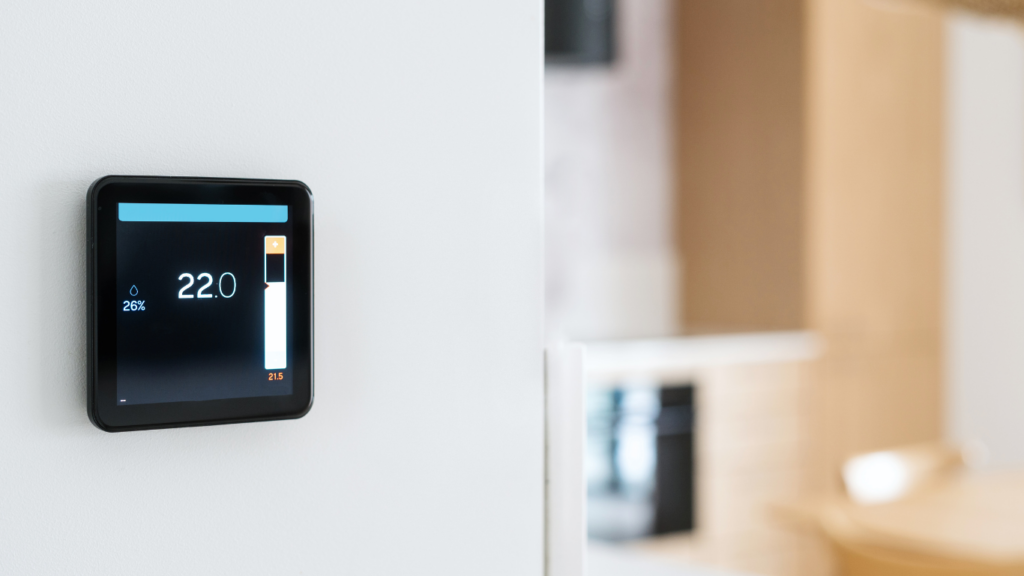Understanding Home Security Automation
Home security automation integrates modern technology with security measures. This allows for a level of control and monitoring unprecedented in traditional systems. Homeowners use smart devices such as cameras, locks, and motion sensors that operate via a central hub or smartphone app.
Key Components
- Smart Cameras: These devices, such as the Nest Cam and Arlo Pro, provide real-time video feeds accessible from anywhere. They often have features like motion detection and night vision.
- Automated Locks: Brands like August Smart Lock and Yale Assure Lock let you lock or unlock doors remotely. They enhance security by allowing temporary access with virtual keys.
- Motion Sensors: Devices like Ring Alarm Motion Detector alert you to movement in and around your home. They often include sensitivity settings to prevent false alarms from pets.
- Enhanced Security: Automated systems provide instant alerts and remote monitoring, which can deter intruders and identify security breaches quickly.
- Convenience: Control your security devices without being physically present, using smartphone apps. This is especially useful for frequent travelers.
- Integration: Link multiple devices into one cohesive system using platforms like Amazon Alexa or Google Home, creating seamless control over home security.
Understanding and integrating home security automation provides a modern solution for protecting and monitoring homes, adding both safety and convenience.
Choosing the Right Smart Devices

Selecting the appropriate smart devices is crucial for an effective home security system. Here’s a look at some key components to consider.
Smart Cameras
Smart cameras provide real-time video monitoring and remote access. Devices like Nest Cam and Arlo Pro offer HD video quality, night vision, and motion detection. These cameras alert you immediately if they detect unusual activity. Look for features like two-way audio and cloud storage for footage to keep your home secure.
Smart Locks
Smart locks allow remote control and monitoring of door access. The August Smart Lock and Schlage Encode enable you to lock or unlock doors via a smartphone app. These locks can integrate with voice assistants like Amazon Alexa, providing hands-free control. Prioritize models with robust encryption and auto-lock capabilities to ensure enhanced security.
Motion Sensors
Motion sensors detect movement and trigger alerts or actions. The Ring Alarm Motion Detector and Philips Hue Motion Sensor can activate security cameras or lights upon detecting movement. These sensors often integrate with other smart devices for comprehensive security coverage. Choose sensors with adjustable sensitivity to avoid false alarms.
Integrating with Smart Hubs
Integrating home security systems with smart hubs simplifies managing multiple devices. Combining cameras, locks, and sensors with a central hub streamlines the setup and enhances functionality.
Benefits of Smart Hubs
Smart hubs centralize control of security devices. They allow seamless integration and communication between various gadgets, which enhances convenience and efficiency. Users can manage security systems from a single interface, such as a smartphone app.
- Centralized Control: Users manage all connected devices from one platform, simplifying security monitoring and adjustments.
- Enhanced Automation: Automating tasks, such as arming the system or locking doors, becomes easier when integrating with a smart hub.
- Interconnectivity: Devices from different brands interact seamlessly within a unified ecosystem, increasing the overall functionality of the security system.
- Remote Monitoring: Check and control home security from anywhere, making it easy to respond to alerts promptly.
Popular Smart Hubs
Choosing the right smart hub is crucial for an efficient security setup. Here are some popular options:
- Amazon Echo: Works with various devices, offers voice control via Alexa, and integrates well with many security products.
- Google Nest Hub: Provides a smart display for controlling security devices; also integrates with Nest cameras and sensors.
- Samsung SmartThings: Boasts compatibility with numerous third-party devices, and features a robust app for managing home security.
- Apple HomeKit: Offers a secure environment for Apple users, integrating seamlessly with iPhones and iPads for easy control of security gadgets.
Each hub offers unique features, so selecting the one that fits specific needs ensures maximum benefit from the home security system.
Setting Up Remote Monitoring
Remote monitoring transforms how home security is managed, providing real-time updates and control from anywhere. Here’s how to set it up effectively.
Mobile App Integration
Mobile apps link smartphones to home security systems. These apps, like Nest, Ring, and ADT Pulse, allow me to view live camera feeds, lock or unlock doors, and adjust settings remotely. I ensure my security devices are compatible with the selected app before installation for seamless integration.
Notifications & Alerts
Push notifications and alerts are vital for knowing my home’s security status. Most mobile apps send real-time alerts when sensors detect unusual activity. I customize alert settings to prioritize critical notifications like door breaches or motion detection. Integrating cameras with these alerts also provides instant visual confirmation of incidents.
Setting up remote monitoring guarantees efficient and responsive home security.
Leveraging AI for Enhanced Security
Artificial intelligence (AI) offers significant advancements for automating home security systems. By integrating AI, users can achieve more sophisticated and responsive security measures.
Facial Recognition
Facial recognition technology identifies individuals by analyzing facial features. Integrated with home security systems, it enhances authentication processes by differentiating known residents from intruders. For example, my system can unlock doors automatically for family members while alerting me of unknown faces. This adds an extra layer of security, ensuring only authorized people gain access. AI-powered cameras, like Google Nest Cam IQ, often feature built-in facial recognition for real-time threat assessment.
Activity Patterns
AI examines routine behaviors of household members to detect anomalies. By learning daily activity patterns, the system can recognize unusual movements or behaviors. My security setup alerts me when it detects deviations from established patterns, like unexpected movements during work hours. Systems like Ring Alarm leverage AI to minimize false alarms by distinguishing between normal activity and potential threats. Integrating AI with automation ensures a proactive approach to home security, enhancing both convenience and protection.
Cost Considerations
Automating a home security system involves various costs. Homeowners must account for initial investments, subscription fees, and potential maintenance expenses.
Initial Investments
Initial investments vary depending on chosen equipment. A basic setup, including cameras and smart locks, costs between $200 and $500. Advanced systems, featuring AI integration and high-end sensors, can exceed $1,000.
Subscription Fees
Subscription fees often accompany home security automation for added functionalities. Cloud storage for footage, advanced monitoring, and premium support services range from $5 to $30 monthly, depending on the provider.
Maintenance Expenses
Maintenance expenses include periodic hardware replacements and software updates. Typical components, like batteries for wireless cameras, require replacement every six to twelve months. Software updates, ensuring system efficiency and security, are usually included within subscription plans but might incur additional costs if not.
Cost vs. Value
Balancing cost and value is crucial. Investing in high-quality equipment and reliable subscription services ensures long-term satisfaction and enhanced security. Cheaper alternatives might compromise effectiveness and durability, leading to higher overall costs. Prioritize quality to achieve reliable automation and robust protection.





